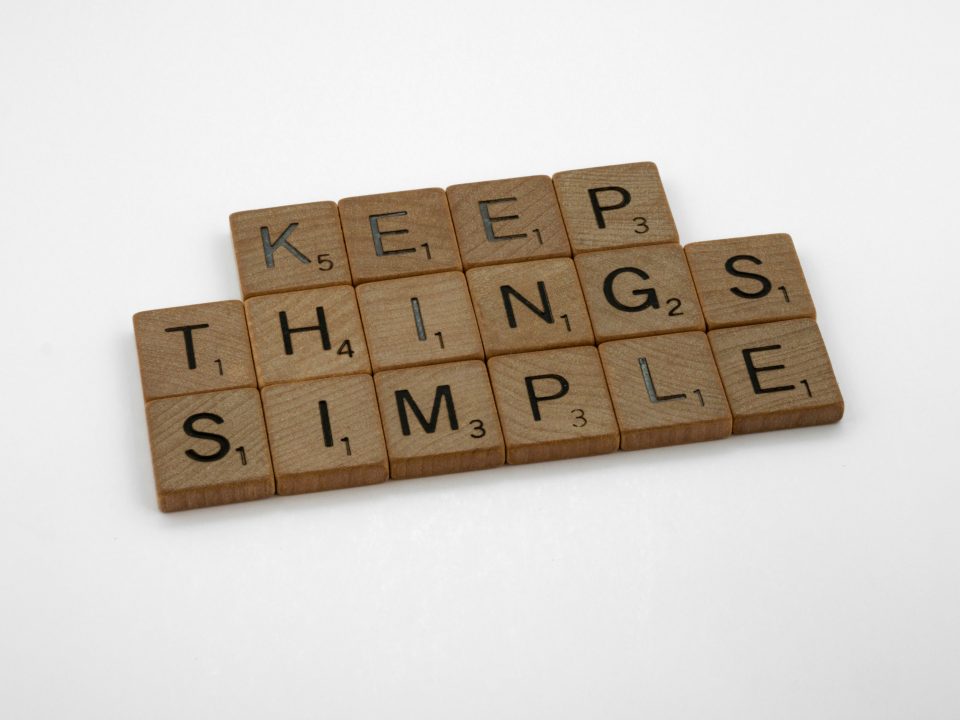Keeping long-term customers does many things for your business, outside of provided reliable income. Three NRHA Professionals share their tips for maintaining customers for the long haul.
By Jennifer Paulson

A full barn is a full barn, in many respects. But a barn full of longstanding customers can be a major key to your success in business. Many experts say it costs five times as much to get a new customer as it does to keep a current one, including all the marketing costs to attract newcomers. That can make a massive difference in your bottom line, not to mention help you sleep better at night knowing that you understand exactly what your customers expect out of you because you’ve known them for years.
We spoke with three established NRHA Professionals—David Hanson, Kari Klingenberg, and Shane Brown—to determine key elements that can help you keep your customers in your barn and participating in your program instead of taking their reining horses somewhere else or—worse—trading in their horses to take up hobby boating or another high-end pastime.
In this article, they’ll cover:
Part 2: Understanding Their Goals
Part 4: Location and Consistency
Communication
All three pros point to communication as the No. 1 key to building long, successful relationships with customers. It’s the cornerstone of each of the keys that follow and the foundation for a trusting, honest, lucrative business relationship, as well as the more personal side of this industry. It also establishes your credibility and sets the tone for every interaction with your customers.
“I find that we as pros aren’t good enough with our communication,” Brown pointed out. “We don’t always understand the need to communicate, and some of our customers might be shy or feel under-educated, so they’re intimidated to ask us questions. You can lose a customer pretty quickly if you don’t set the standard for open communication and make yourself approachable.”
An open dialogue is especially important when purchasing horses. Open communication can make the endeavor less stressful for all.
“Talking to your customer about what they can invest in their horses can be tough, but it’s essential,” Hanson pointed out. “If they’ve spent all their money on a prospect that doesn’t work out, will they leave your barn—or the industry entirely? I find communicating about keeping a reasonable investment with room for moving up makes all the difference. We try to convey it like buying a car—when you take the horse home with you, he depreciates. It’s up to us to accept that depreciation and invest wisely so the customer has money to sell that horse and upgrade when needed.”
Read the rest of this article at the links above.



